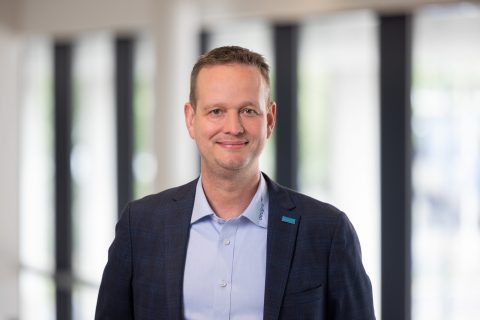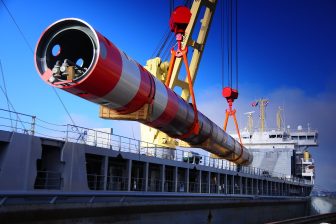
PCS 2022: deugro finding the right project logistics concept
Hans Henrik Groen, Branch Manager of deugro Denmark (Photo courtesy of deugro)
The goal to make the project logistics as efficient as possible is what got the specialist in the field, deugro, to devise a solution back in 2015 with its client Siemens Gamesa that we now know as the Rotra concept. A solution that focuses on a very efficient distribution of components for wind turbines for the client.
Want to read more?
You have read all of your free premium articles for this month. Please become a subscriber to keep reading.
Subscribe now!
Take advantage of our exclusive offer to get full access to all premium content.




